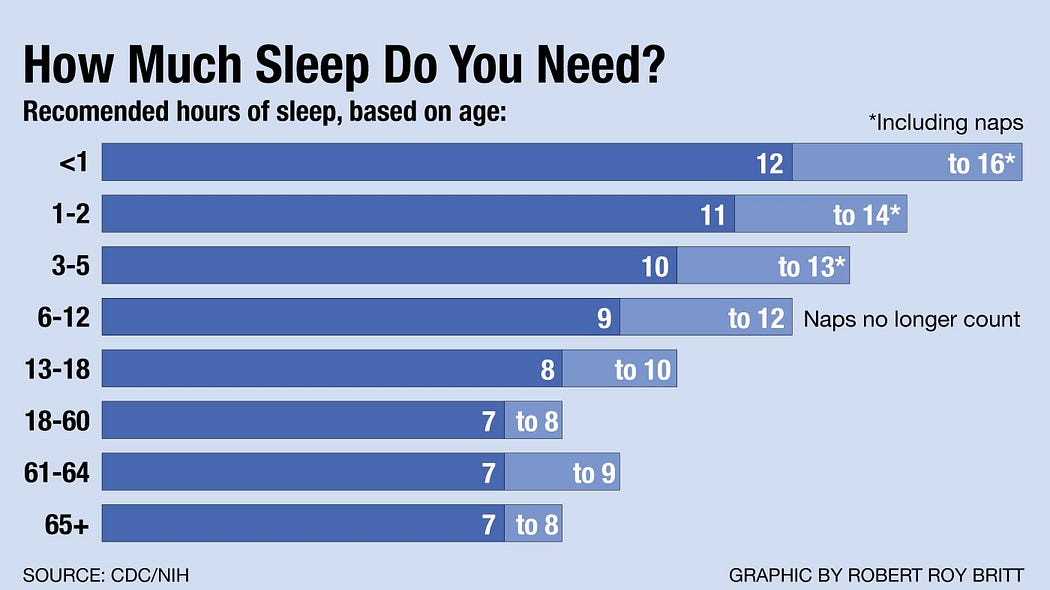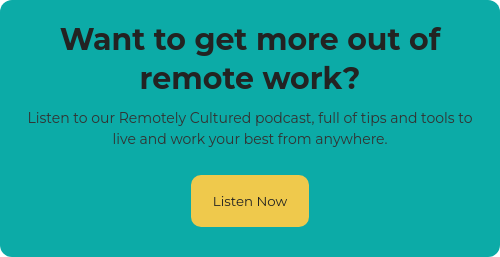"It's enough to drive you crazy if you let it." Country queen Dolly Parton was right on the money when she sang about the pitfalls of working 9-to-5. But it's not the 80s anymore, and today's remote professionals recognize they can set their own schedules and get their work done...when it works for them.

Where's the lie, though?
If you're a remote worker or digital nomad, setting your own schedule feels like living the dream. But finding the hours that work best for you — and still work for your employer or clients — can, at times, be a nightmare.
Wondering how to set your optimal remote work hours? Pour yourself a cup of ambition, and let's go!
Types of Remote Work Schedules
First, you need to understand that not all remote work schedules are created equal. And, even if you can set your own hours, you may still need to work within the confines set by your employer or your clients. Here are the most common types of remote work schedules:
Fixed
This schedule has the most in common with the traditional 9-to-5. Some employers, even those that hire remote workers, want employees on the clock for a standard eight-hour workday. But it's not always M-F, 9-5. Some employers will set their own fixed schedule, which might be influenced by their industry or specific needs. Generally, though, you'll find yourself working the typical five days a week, eight hours a day. If you aren't bound by an employer's schedule, you might still find the stability offered by this type of routine works best for you.
Flex
A flex schedule usually requires employees to work a set number of hours throughout the day but leaves the rest up to their preference. In this case, you would be available for a core period of time every day, but the rest of your work would get done on your own schedule. This is how we do it at First Page. Our team is "on" for roughly the same four hours each workday (with some flexibility around time zones). This allows time to schedule meetings and makes project planning a little easier but still offers team members greater autonomy in completing tasks on their preferred time.
Compressed
We aren't huge fans of the 40-hour workweek, but sometimes it's necessary to get the work done. However, a compressed schedule maximizes working hours while allowing more downtime. An example might be a schedule that runs from 7 a.m.-5 p.m. Monday-Thursday, giving employees a three-day weekend. Some remote workers or digital nomads might choose this type of schedule for themselves, as it allows them to work the most hours while still having more dedicated time off.
Split
Split schedules can be hit-or-miss for a lot of remote workers. In a split schedule, employees work one block of hours, then have a break (usually several hours) before their second block of hours. This could be a good idea for parents who need time in the middle of the day to care for children or those who have other obligations during the day. Keep in mind, if you're considering a split schedule, the later you perform your second block of work, the sooner you'll have to be back on the clock for your next day's first block.
Freelance/Nomad
While freelancers and nomads might choose one of the previous schedules as their ideal, they generally have more flexibility to set their hours when it works for them. This is a great benefit to these workers, but it doesn't come without some pitfalls. Since there's little oversight, they are entirely responsible for their productivity and ensuring that work is completed on time. It's helpful to set a routine that is consistent and tailored to your specific needs if you want to work this way successfully.
What to Consider When Setting Your Ideal Remote Work Schedule
So, what are the best remote work hours for you? It depends. You might think of yourself as an early bird or a night owl, but those aren't the only considerations. When you're building your remote work schedule, keep the following factors in mind:
Age
Your age affects your circadian rhythms, which in part determines what time of day you'll be most productive. Factoring in adequate sleep time is critical for remote workers, but someone in their early 20s will likely prefer a schedule that's different from those in the 40+ set.

Studies show that adolescents are more productive in the evening and need more sleep in the morning. While that's not surprising to anyone or has (or has been) a teenager, what is surprising is that those adolescent sleep patterns continue well into the 20s, usually until around age 26.
Conversely, those over the age of 40 need around the same amount of sleep, but they may function better if they live by the "early to bed, early to rise" mentality. New studies show that this age also sees a reduction in productivity if they work the standard 40 hours a week. In fact, the sweet spot is 25 hours, which typically allows them to do more in less time.
Productivity
Studies show that most remote workers feel that the flexibility of setting their own schedule increases productivity. However, they also say that they have to combat more distractions, like smartphones and social media.

When setting your remote schedule, you'll need to consider when your distractions are lowest. Is it late at night after the kids are in bed or first thing in the morning before life gets busy? It might help to set blocks of time that will allow you periods of deep focus while taking breaks in between to run errands or manage smaller tasks.
Work/Life Balance
As many remote workers have found over the last couple years, working outside of a traditional office setting can often blur the lines between work time and personal time. It can be harder to achieve a work/life balance when work and life happen in the same place, but studies show that flexible work schedules can also create opportunities for greater balance.

The key is understanding your personal needs and setting a routine that allows you to meet them while still completing your work.
Obligations
If you care for pets, children, or elderly relatives, you may need to build your work schedule around their needs. This might require taking a fresh look at your priorities and figuring out what has to be done versus what you want to do. Today's remote work landscape opens up new opportunities for people in caregiver positions to be there for those who need them while still maintaining a fulfilling (and at times, financially necessary) career. Remember that self-care is a must if you're juggling personal obligations and remote work. Setting a firm schedule that allows time to be fully present with both loved ones and while doing your work is a tricky balance, but it can be done.
Your Work, Your Way
The beauty of remote work is that, even when you have to account for personal and employer needs, you still nearly always have more flexibility and autonomy than traditional in-office jobs. The key is always to find the schedule that works best for you and stick with it.







